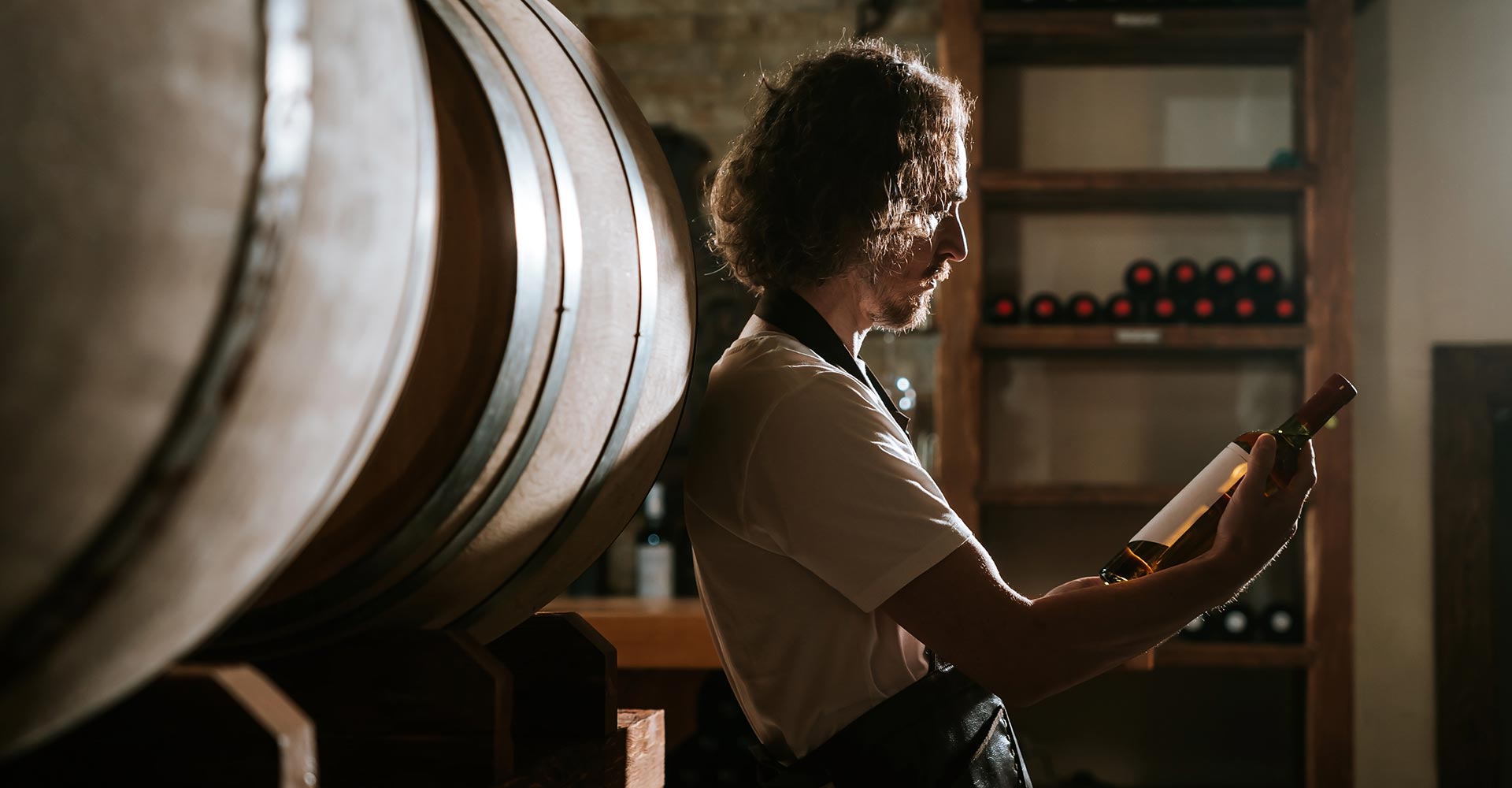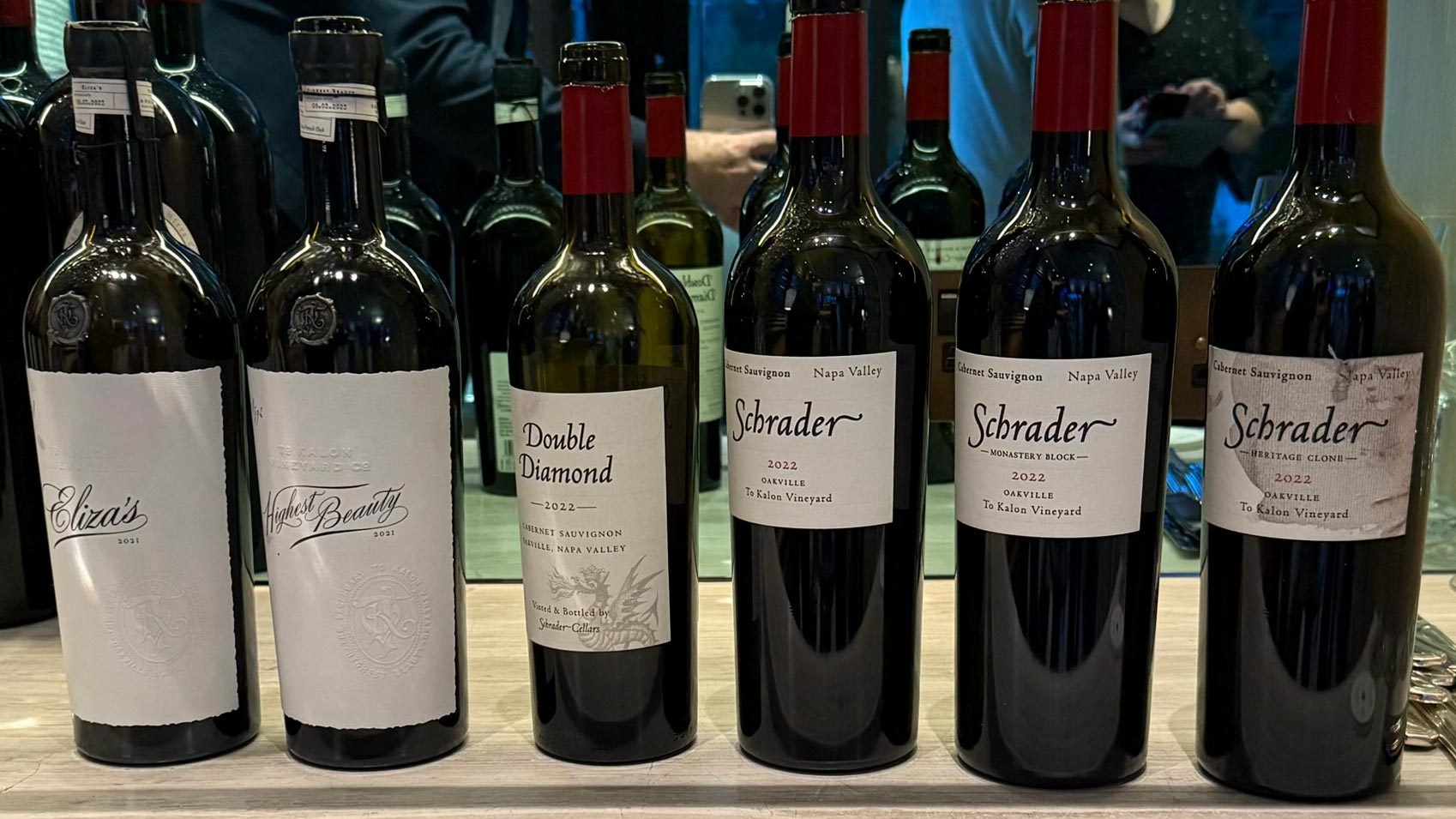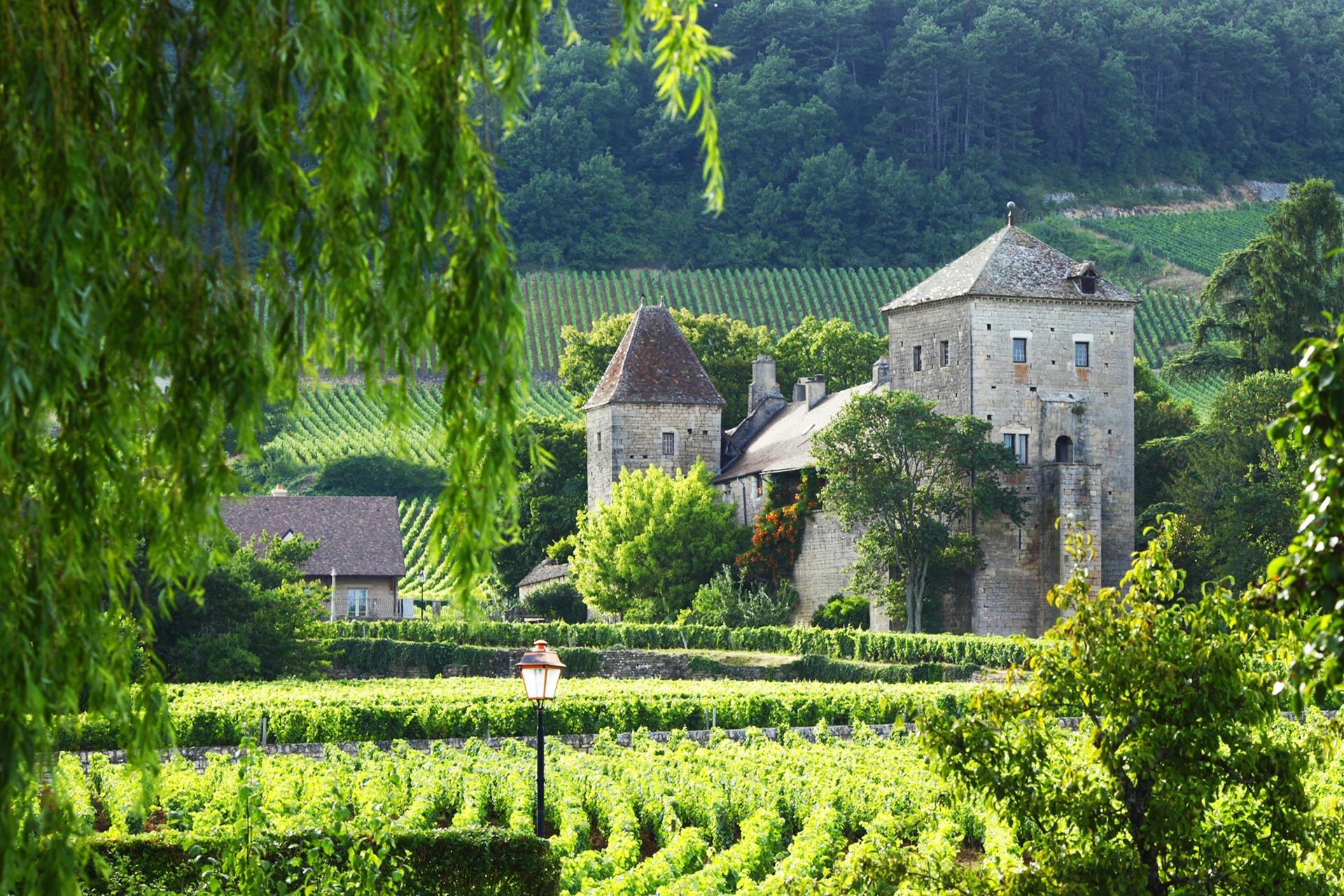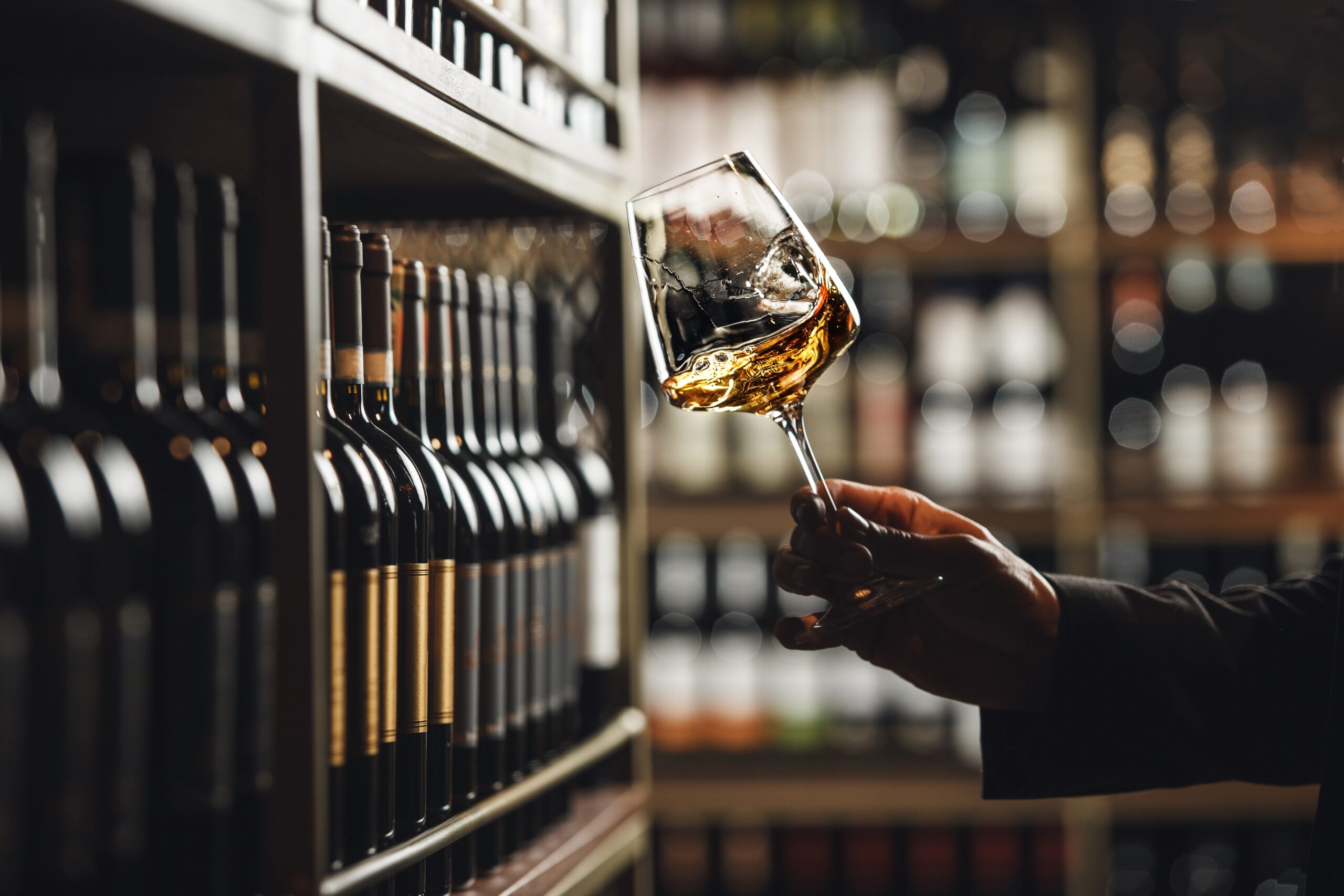The wine world is evolving at breakneck speed. With climate change disrupting harvests, shifting consumer behaviour reshaping the market, and a new generation of drinkers craving healthier, more meaningful experiences, the old winemaking playbook just doesn’t cut it anymore. For forward-thinking wineries, this isn’t a crisis—it’s a chance to lead the next great wine movement. Here’s how to craft a wine brand that not only stands up to modern expectations but also sets the pace for the future of the industry.
1. Craft a Wine That’s Lighter, Cleaner, and Kinder
Alcohol by Volume (ABV)
Today’s drinkers are more mindful than ever. Many want to enjoy a glass without the heavy effects. Target a sweet spot of 10-12% ABV—enough for complexity and mouthfeel, but light enough to fit into a health-conscious lifestyle. This allows wine to compete with the booming low-alcohol and wellness beverage categories.
Low-Sugar & Vegan-Friendly
Transparency sells. Consumers are scanning for low-sugar, plant-based options with clean ingredients. Make it easy—cut unnecessary sugar, use vegan fining agents (skip the fish bladders, thank you very much), and clearly label the sulphite levels. For many wine lovers today, what’s not in the bottle is just as important as what is.
Natural Fermentation & Minimal Intervention
The less you mess with nature, the more curious modern drinkers become. Embrace wild fermentation, natural acidity, and a hands-off cellar approach. Explain it all in your story—wine drinkers are looking for connection, not chemistry lessons. That connection, when well-communicated, becomes a powerful pillar of your wine branding.
2. Sustainability: From Buzzword to Business Essential
Organic or Biodynamic Certification
These are no longer fringe choices—they’re becoming industry standards. Wineries certified organic or biodynamic show serious commitment to the environment. Plus, these badges build instant trust with eco-savvy buyers scanning shelves for greener picks.
Regenerative Agriculture
If you want to future-proof your vines and your brand, regenerative practices are the way forward. Promote your use of cover crops, water conservation, and carbon-sequestering soil strategies. Not only are you protecting your terroir, but you’re also giving consumers another reason to toast to your wine. These practices also offer rich storytelling opportunities for wine content marketing.
Packaging with Purpose
Consumers care about the carbon footprint from vine to glass. Lightweight bottles, canned wines, and recycled cardboard boxes can dramatically reduce emissions. Combine sustainable packaging with elegant, forward-thinking design, and you’ve got a product that looks as good as it tastes—and sets the tone for effective wine promotion across channels.
3. Innovation in Style & Format
New Wine Styles
Break out of the varietal rut. Pet-Nats, orange wines, chilled reds, or co-ferments with wild botanicals are not just trendy—they’re conversation starters. Perfect for social media content and adventurous palates. Give your wine a sense of fun and unpredictability, and let your wine content marketing highlight that flair.
Small Formats
Smaller packages equal lower commitment and better portion control. 500ml bottles, 375ml sharers, and premium cans make your wine flexible and occasion-friendly. Perfect for picnics, solo sipping, or weekday dinners when a full bottle feels like too much.
4. Build a Brand with Personality
Name & Label Design
Let’s be honest—labels sell. Bold, vibrant visuals with cheeky or clever brand names can instantly set you apart. Stay away from tired vineyard landscapes and instead lean into eye-catching illustrations, witty taglines, and culturally relevant aesthetics. Memorable visuals are at the heart of standout wine branding.
Tell a Story
Your wine needs a narrative. Why do you farm the way you do? What challenges do you face in your region? Who’s the team behind the wine? Storytelling builds emotional engagement and keeps people coming back for more. It also gives media and influencers something to share.
Go Digital First
Social media is the new tasting room. If you’re not visible on Instagram, TikTok, or YouTube, you’re invisible to the very audience you want to attract. Create behind-the-scenes videos, time-lapses of the harvest, Reels explaining your winemaking philosophy, and engage with UGC. You don’t need viral dances—just real, relatable, visually rich content.
5. Price it Right
Today’s consumers are looking for value, not just cheap wine. Position yourself in the £15 to £25 range—a sweet spot that allows you to offer authenticity, quality, and ethical production, while still being an affordable luxury. For premium-tier wines, build limited releases with unique packaging or storytelling elements to justify the price tag.
The takeaway? The future of wine is multi-dimensional. It’s not just about taste, but ethics, presentation, and relevance. Wineries that embrace innovation, lead with purpose, and stay tuned into cultural shifts will not only weather the coming storm—they’ll define what wine looks like for the next generation.
Cheers to crafting wine that’s as thoughtful as it is delicious. Let’s raise our glasses to a future built on sustainability, story, and style.
Need help with this? Email me and my agency Emotio will help you do it: [email protected] or visit emt.io/wine



